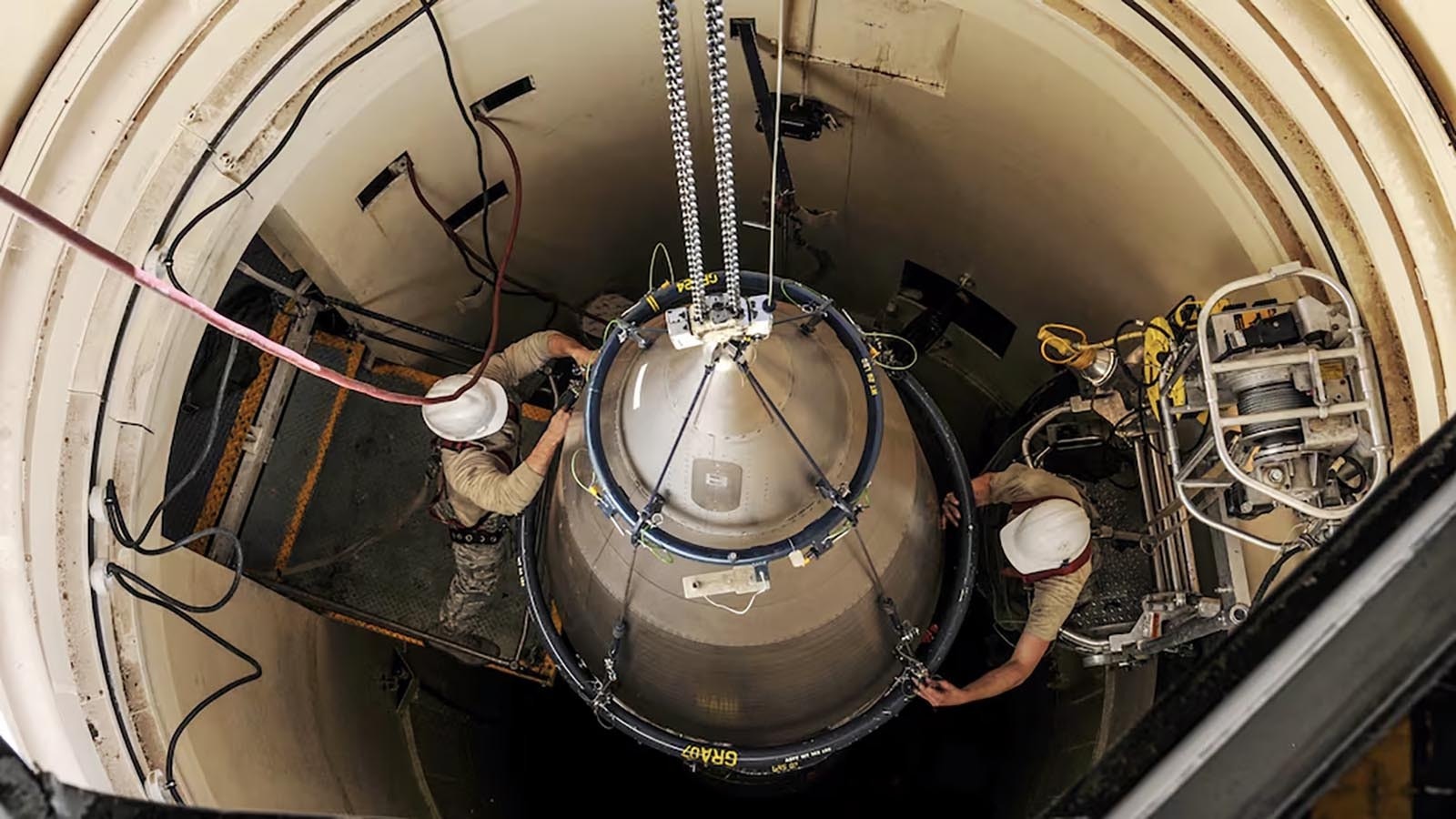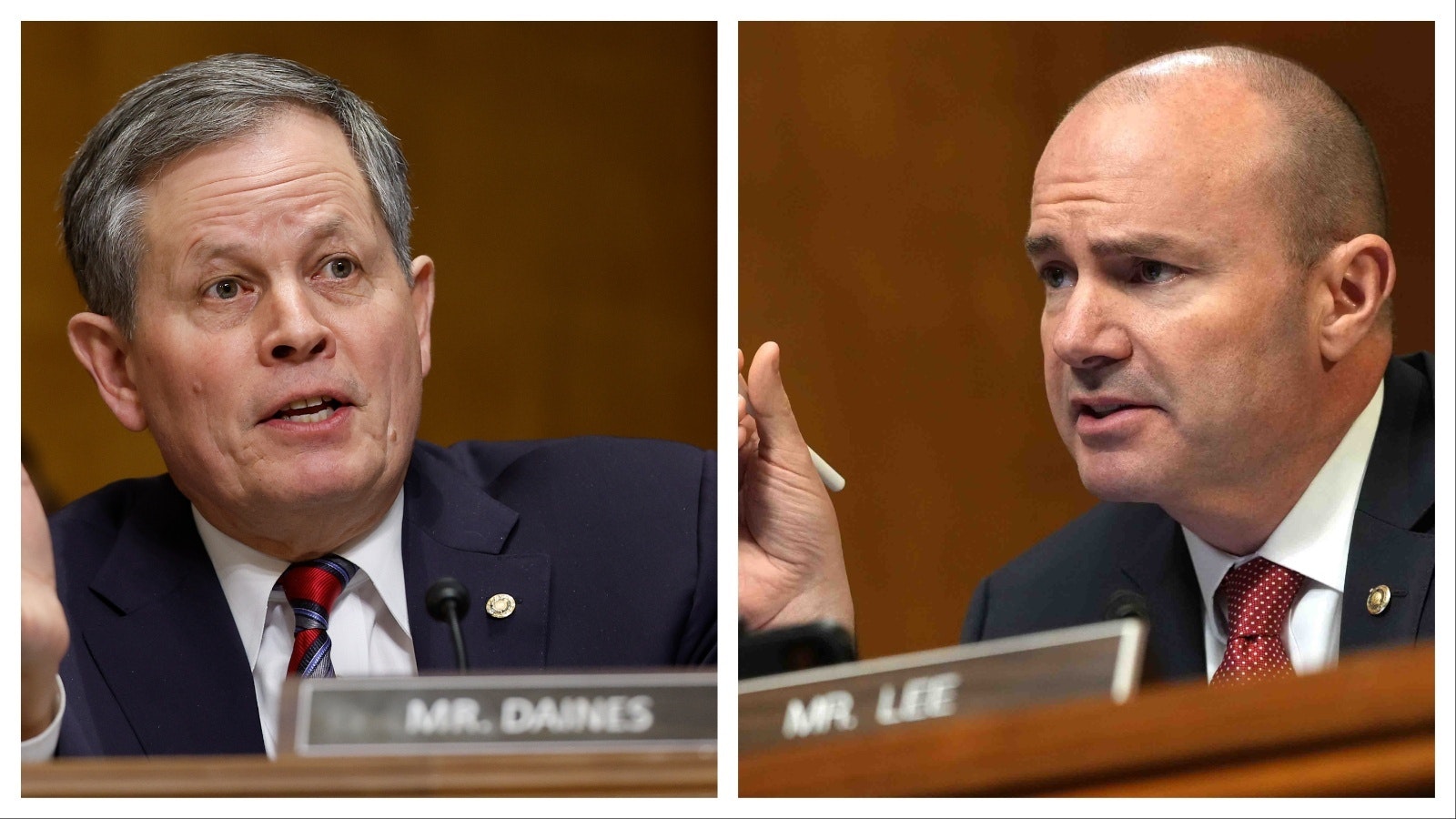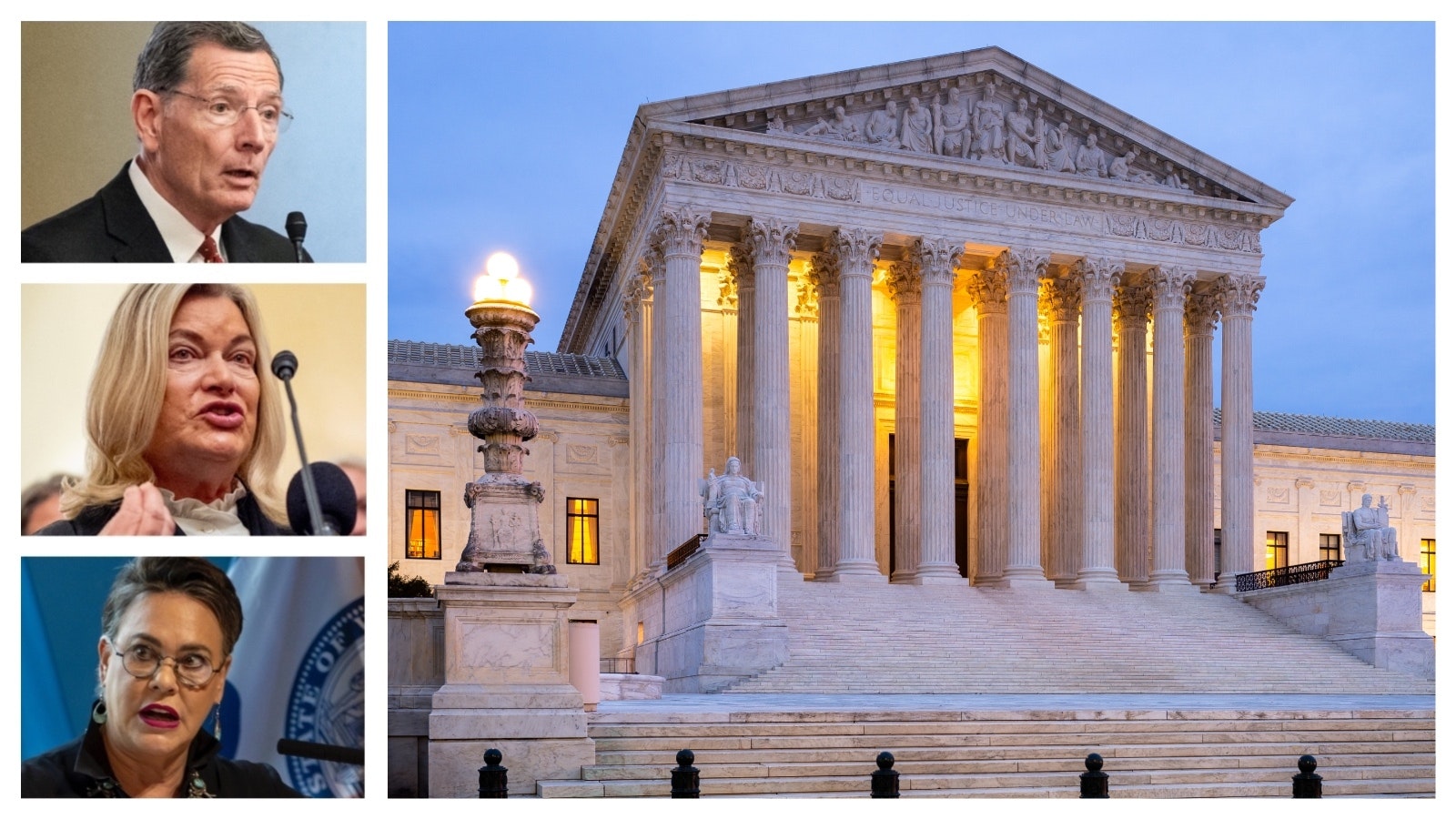There are as many questions as answers about how state Rep. Steve Harshman’s proposal to exempt residential property taxes for about 97% of Wyomingites in exchange for a 2% hike of Wyoming’s sales tax would affect homeowners, renters, business owners and local governments.
But one point nearly everyone can agree on is that it would result in one of the most significant taxation changes in Wyoming history.
Property taxes have existed in Wyoming since its early days as a territory, and long before its sales and use taxes were implemented in 1937.
Brass Tax
In its first full year in 2025, House Bill 203 would exempt $1 million of fair market value from single-family residences on their property taxes, thus removing all property taxes for homes worth $1 million or less.
The amount of fair market value removed would increase by 2% every year to adjust with inflation. By 2074, the total refund per home would be $2.6 million, while the projected home value in Wyoming at this time is expected to be $2.1 million.
To replace the lost revenue, the state’s sales tax would be increased by 2% from 4% to 6%.
The $1 million threshold would mean no property taxes for an estimated 97% of Wyoming homeowners.
“There’ll be no more liens, you’ll get that bad boy paid off,” said Harshman, R-Casper.
Harshman also mentioned how the average Wyoming homeowner would have to spend $150,000 in sales tax per year to have to pay more than what they would’ve paid in property tax.
Wyoming has one of the lowest sales tax burdens in the country when compared to average income.
The Wyoming Economic Analysis Division estimated in 2022 that an average family in Wyoming had an income of $68,000 and own a home value worth $320,000. This family pays $1,200 in sales tax and $2,070 in property taxes each year.
Under HB 203, which passed the House Revenue Committee on Tuesday, their sales taxes would increase by an estimated $450, but not pay the $2,070 property tax, resulting in a $1,620 net gain.
Wyoming currently has an average of 5.4% sales tax rate when factoring in the average local taxes around the state. The 2% increase would raise this to 7.4%, a rate around the middle of the country.
For those who don’t own a home, however, the bill would do nothing but raises prices on their everyday expenses.
Renters
As now written, HB 203 would do nothing directly to assist people who don’t own a home in Wyoming.
Harshman acknowledges this is a weakness with the bill and said he will explore options as it moves through the legislative process to add some relief options for renters. He also believes the bill would encourage landlords to not raise rents on their properties.
Sublette County Treasurer Emily Paravicini has an adult son who rents and would like to buy a home someday in Pinedale.
Although she admits the legislation will do nothing to help him in the short term, Paravicini pointed to Wyoming’s relatively low sales tax and what would become almost a complete removal of property taxes would help him substantially when he does buy a home.
“Our state gets our tax money one way or another. I don’t think it keeps people from moving here,” she said.
Park County Treasurer Barb Poley expressed concern that during unforeseen economic crises, there would be no mechanism to replace a massive drop in sales tax revenue for her county. Yellowstone National Park is a massive source of economic revenue for Park County. In the first few months of the COVID-19 pandemic, the county suffered greatly from a drop in visitors.
How It Works
If the bill passes, county assessors would calculate property taxes as they currently do. They would then provide the Department of Revenue with the amount of total revenue they would receive for property taxes under the current distribution methods.
The department then would then reimburse local counties from the pot of money it will keep from the sales tax increase revenue.
A tax refund program also would be offered from leftover money for anyone who pays both severance taxes and sales or use taxes in Wyoming. These must be granted within 60 days of the submission of an application.
To cover for a possible temporary shortfall between sales tax revenue and the refund program, the state would supplement this program with $10 million a year.
Ashley Harpstrieth, executive director of the Wyoming Taxpayers Association, has concerns about HB 203, which she doesn’t believe has a strong chance of passing.
“Any sales tax increase is a regressive tax,” she said. “It’s a tax on both diapers and million-dollar purchases.”
Wyoming-based businesses will likely incur higher expenses as a result of the bill and have to charge their customers higher prices as a result of the tax. Harpstreith said members of the telecom industry are particularly upset with the proposal.
She has advocated that the Legislature study Harshman’s proposal over the upcoming interim session and pointed to the state’s tax refund program as an already-existing source of property tax relief.
Harshman believes the best way to study his proposal is to put it into action with a three-year sunset date.
“Let’s keep studying and let’s put it into place,” he said.
‘Regressive’
Rep. Liz Storer, D-Jackson, was the only member of the House Revenue Committee to vote against HB 203 on Tuesday.
Storer said her biggest issue with the bill is that she believes it will make Wyoming’s taxation structure more regressive by putting more pressure on the state’s lowest income earners, most of whom don’t own homes.
Data from the Institute of Taxation and Economic Policy shows that those who make less than $28,200 a year in Wyoming pay the largest share of their total family income of any demographic in sales taxes at 6.1%. For the 60% of those in this demographic that don’t own homes, their sales tax burden would increase by an average of $345.85 per year without any added property tax relief.
“More and more people now don’t have homes on the lower (income) end,” she said. “Which is true for people of color and younger people too. Those are the people that are going to be hurt by this.”
Harpstreith said this is a major factor, as it will make it harder for employers to find part-time employees.
In addition, in Teton County, where the average home is worth $3.9 million, the benefits of HB 203 will be much lower than what’s felt around the rest of the state. But, for a home of this value, it still would be a roughly 25% reduction on property taxes.
Local Governments
The current tax structure in Wyoming allows local communities to tax up to 3% in addition to the 4% state tax. However, no county in Wyoming has ever implemented a 3% tax, and only a few have done 2%.
Jerimiah Rieman, executive director of the Wyoming County Commissioners Association, said his organization considers HB 203 a “novel approach at providing significant property tax relief without undercutting local government services and educational funding.”
But he said his organization also has concerns that it would impact the ability of local governments to institute local sales and use taxes.
Harshman is considering an amendment to his bill that would lower the maximum local tax a community could levy from 3% to 2%.
But under the bill, local municipalities would have the ability to ask their voters if they would like to implement a 1% tax increase. Currently, only counties can ask voters for this.
Leo Wolfson can be reached at leo@cowboystatedaily.com.





